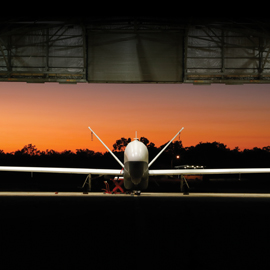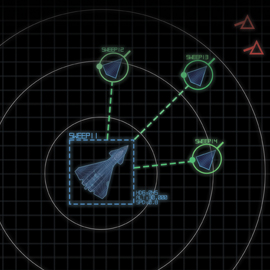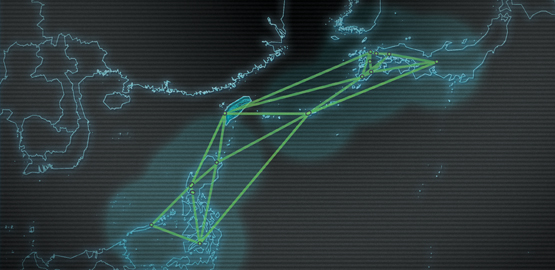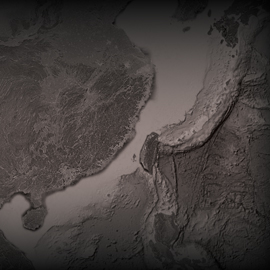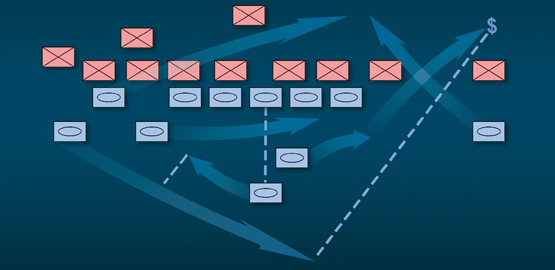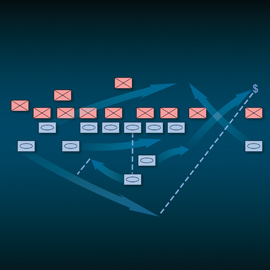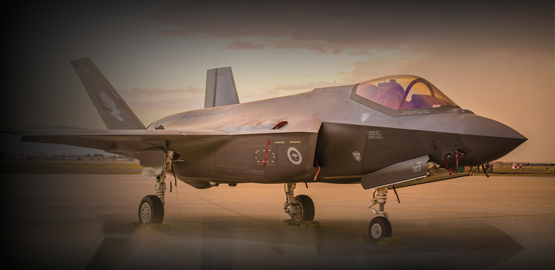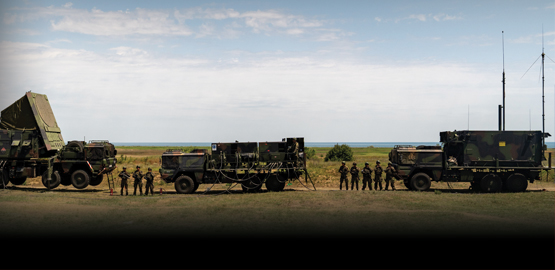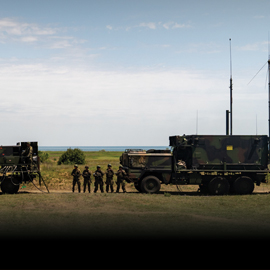Publications
"Nobody does defense policy better than CSBA. Their work on strategic and budgetary topics manages to combine first-rate quality and in-depth research with timeliness and accessibility—which is why so many professionals consider their products indispensable." – Gideon Rose, Editor of Foreign Affairs, 2010-2021
CSBA 2015 Progress Report: The Future of National Security
The Center for Strategic and Budgetary Assessments began its analytic work in 1983 as the Defense Budget Project. Its mission was to fulfill an urgent need for research and information on defense policy and budget issues.
Seven Areas To Watch In The FY17 Defense Budget
President Obama’s last budget, to be released February 9th, is his last chance to put his administration’s stamp on the nation’s defense spending.
Are U.S. Nuclear Forces Unaffordable?
While costs are projected to grow over the next decade due to a "bow wave" of nuclear modernization programs, Harrison concludes that the search for savings in nuclear forces continues to be a "hunt for small potatoes."
War Like No Other: Maritime Competition in a Mature Precision-Strike Regime
For over two decades, the U.S. military has enjoyed a near-monopoly in precision-guided munitions and their associated battle networks. Recently, however, the proliferation of these capabilities to other militaries and non-state entities is gathering momentum. How will this emerging precision-strike regime impact the character of maritime warfare? In this backgrounder, Dr. Andrew Krepinevich summarizes and presents findings regarding the likely character of future maritime warfare and options for preserving U.S. freedom of maneuver in the maritime domain.
Beyond Coast Artillery: Cross-Domain Denial and the Army
Secretary Hagel recently made waves in Army circles by suggesting that the Army leverage its missile forces to resume the old mission of coastal defense. In this brief, CSBA Research Fellow Eric Lindsey argues that Army missiles forces can do far more than defend coastlines.
Estimating the Cost of Operations Against ISIL
With the United States now engaged in military operations against the Islamic State of Iraq and the Levant (ISIL), there are many questions regarding the cost, duration, and scope of these operations. This CSBA Backgrounder provides a range of estimates for the cost of military operations against ISIL to date and how much these operations may cost over the coming months.







